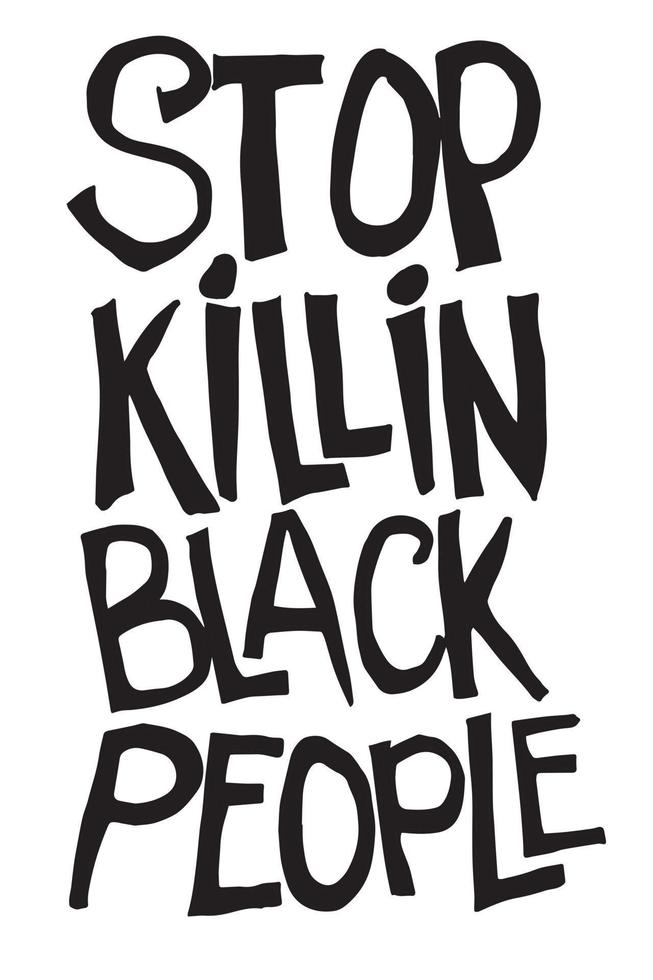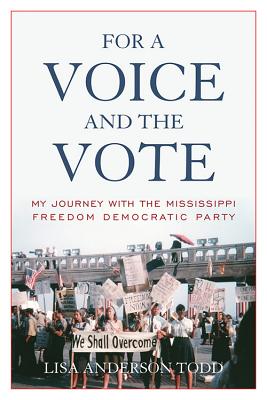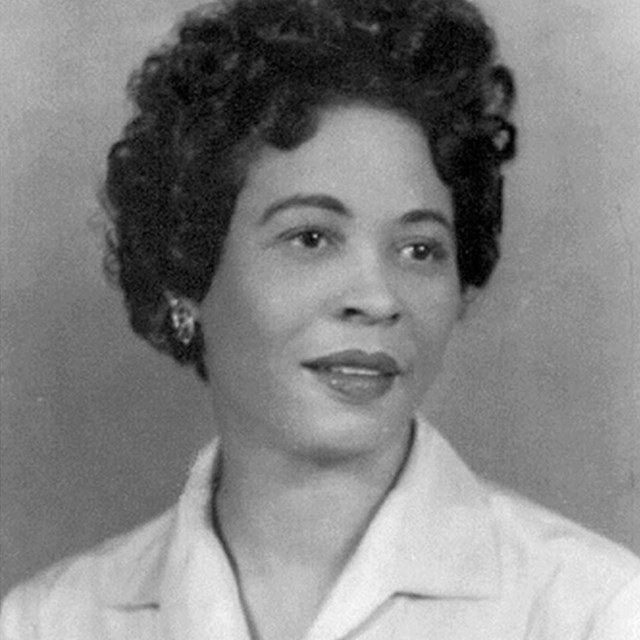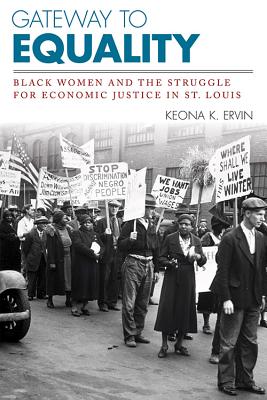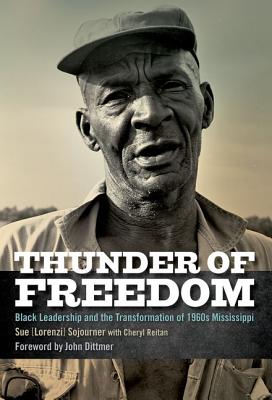The struggle for black equality has been a long and ongoing battle in the United States and around the world. From slavery and segregation to ongoing issues of racial discrimination and inequality, black individuals have had to constantly fight for their rights and for recognition as equal members of society.
One of the most significant events in the struggle for black equality in the United States was the abolition of slavery. While the Emancipation Proclamation in 1863 declared that all slaves were free, it took the passage of the 13th Amendment to the Constitution in 1865 to officially outlaw slavery in the United States. However, the end of slavery did not bring an end to racial discrimination and segregation.
Throughout the late 1800s and early 1900s, black individuals faced segregation in many areas of life, including education, housing, and public accommodations. The "separate but equal" doctrine, upheld by the Supreme Court in the 1896 case Plessy v. Ferguson, allowed for segregation as long as the separate facilities provided for black individuals were equal in quality to those provided for white individuals. This doctrine was used to justify segregation for many years, even though in practice, the separate facilities for black individuals were often inferior to those for white individuals.
The civil rights movement of the 1950s and 1960s brought about significant progress in the struggle for black equality. Led by figures such as Martin Luther King Jr., this movement fought for the end of segregation and for the equal treatment of black individuals under the law. The Civil Rights Act of 1964 and the Voting Rights Act of 1965 were both important pieces of legislation that helped to end segregation and protect the voting rights of black individuals.
Despite these advances, however, the struggle for black equality has continued. Black individuals in the United States still face discrimination in many areas, including employment, education, and the criminal justice system. Police violence and racial profiling have been significant issues in recent years, leading to protests and calls for reform.
The struggle for black equality is not unique to the United States. Many countries around the world have their own histories of racial discrimination and inequality, and black individuals continue to face challenges and prejudice in many parts of the world.
The fight for black equality is an ongoing one, and it requires the efforts of individuals, organizations, and governments to address the root causes of racial discrimination and promote equality for all. By working together, we can create a more just and equal society for everyone.

